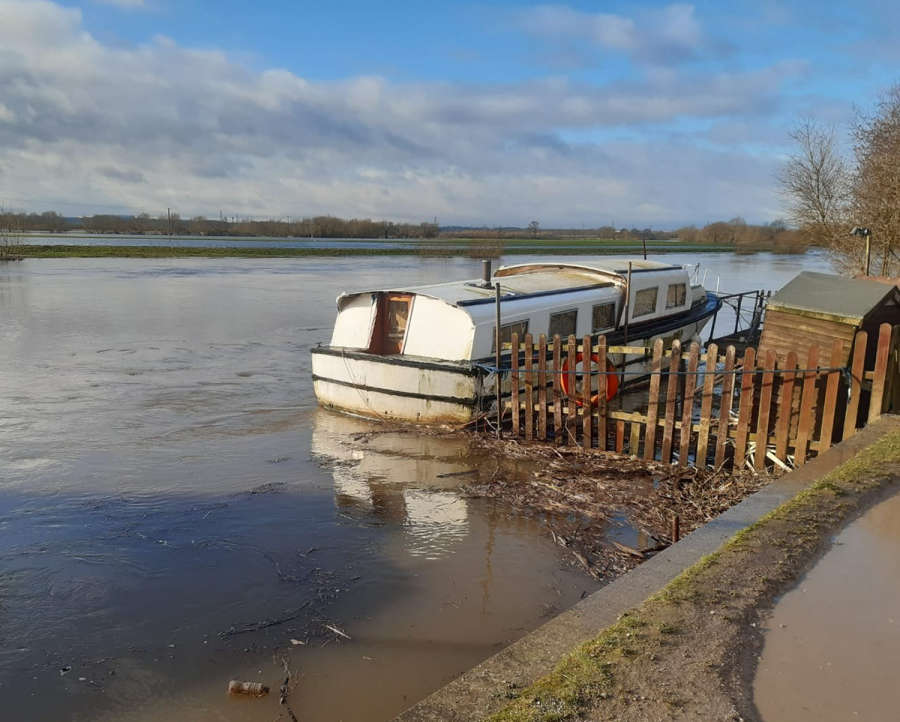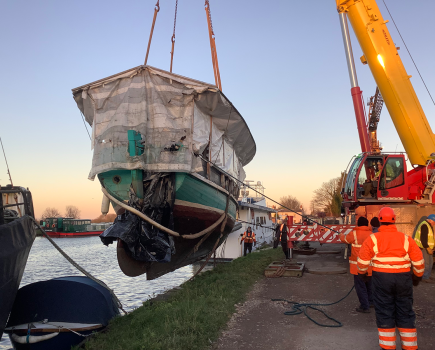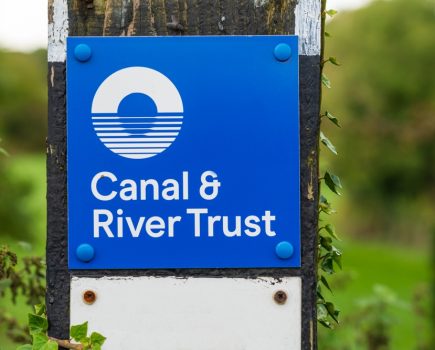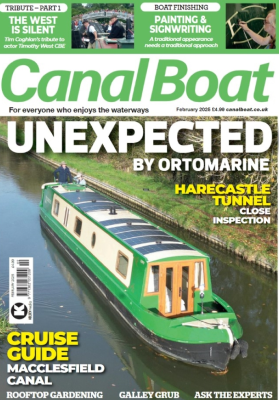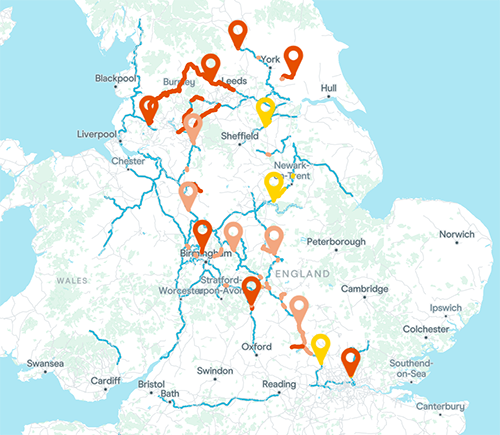 River Canal Rescue (RCR) is warning boaters about the risks of grounding after receiving 40+ calls in a six-week period, prompting a higher than usual number of call-outs.
River Canal Rescue (RCR) is warning boaters about the risks of grounding after receiving 40+ calls in a six-week period, prompting a higher than usual number of call-outs.
From 1 June to 11 July, rescue co-ordinators have been giving on the phone assistance to one/two people a day, and while many callers are then able to move their boats, around 40% require intervention from the Canal & River Trust (CRT) or support from a rescue team.
Low water levels, sand banks and underwater obstacles are causing problems in a number of areas including: the Hatton locks, Caldon Canal, Oxford Canal, Grand Union, Trent & Mersey and River Nene. By 10 July, the CRT had posted 15 alerts on its online stoppage map, detailing navigation and lock closures, restrictions and areas where water levels were at their lowest.
If a boat runs aground, RCR will liaise with the CRT, to check low water levels are causing the stoppage, and the CRT will endeavour to move the boat (if it can’t be moved by the caller). If the CRT is unavailable or other issues are identified, RCR will despatch a team. This type of event is usually covered by a fully comprehensive insurance policy.
Low water levels are also putting drive systems under pressure. Without the depth to ensure smooth travel through water, the load transfers to the drive system, resulting in gearboxes overheating, and a higher risk of hitting/catching something underwater, causing damage to drive plates and couplings.
RCR reports gearbox, coupling and drive plate issues have risen by 50% in some cases, when compared to the same period last year. From 1 June – 11 July, 11 gearboxes, 16 drive plates and 7 couplings were replaced; in 2024, it was 5 gearboxes, 11 drive plates and 6 couplings.
RCR managing director, Stephanie Horton, advises keep the revs down: “If you’re on a canal and you find the boat is not moving as fast as usual, and water levels look low, DON’T simply increase your speed, be patient and wait until the water levels increase or you can get though a lock to a better location. Speed on low water puts pressure on drive systems.”
Weed is another problem across the network, impacting propellers and blocking intakes of raw water-fed boats and outboards.
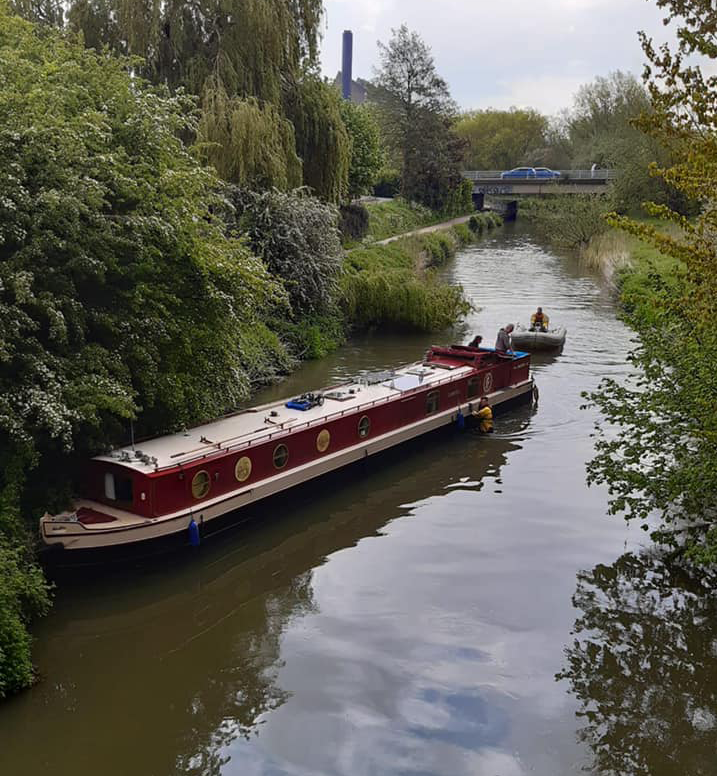
RCR grounding advice:
- Put on a life jacket and put your boat in reverse to see if you can move away from the obstruction. If this doesn’t work, walk around the vessel testing the surrounding water depth with a boat pole. This will pinpoint where the water’s shallower and where the problem is. On rivers you can usually see it – rocks or gravel for example – as the water’s clearer.
- If the front of the boat’s grounded, move some of the ballast that may be holding it down. The water tank is always at the front of a narrowboat so turn on the taps to empty it and move heavy items such as gas bottles, the anchor and any chains to the rear – this will give the boat more buoyancy at the front and potentially lift it a vital few inches which may be all it needs to clear itself. Half a ton of water can create a six-inch difference. If it does clear, put the boat in reverse.
- If the boat’s grounded on one side, it’s a similar scenario; move anything that’s weighing it down in this area to the opposite side. Do this in cautious stages – if you over-balance, the vessel will list and it could end up taking on water.
- If there are people onboard, position yourself at the helm and ask the remainder to rock the boat gently; the momentum may move it. If the rear of the boat’s aground and the propeller’s lifted (which is a rare scenario), you’ll probably need a tow.
- While it’s tempting to ask a passing boater for a tow, this should only be undertaken by an experienced boater. We’ve had cases where the person towing the vessel has got into trouble and we’ve ended up rescuing two boats. Also, if you’re on a hire boat, you’ll invalid their insurance if they try to tow you, so it’s better not to put them in that position in the first place.
- If you are able to free your vessel, check it thoroughly at the first possible opportunity – particularly the hull – as this could have been damaged.
Stephanie concludes: “With more closures expected across the system, check your route before starting a journey, and go slow when water levels are low.”
Follow River Canal Rescue on Facebook or visit www.rivercanalrescue.co.uk

